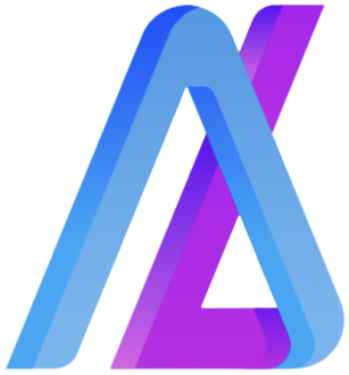Tag: Multi-Agent Systems
-
Temporal Graph Databases for Multi-Agent Systems: Weaving Time into the Fabric of Interaction
Explore the power of temporal graph databases for representing and reasoning about time-varying knowledge and relationships in dynamic Multi-Agent Systems, enhancing decision-making and collaboration.
Written by
-
Fault Tolerance and Robustness in LangGraph Agent Communication: Building Resilient Multi-Agent Systems
Examine strategies for ensuring reliable communication and fault tolerance in a distributed LangGraph MAS, considering potential network failures, agent unavailability, and security threats, building truly resilient and dependable systems.
Written by
-
Explainable Agent Actions in LangGraph: Unveiling the Agent’s Mind
A deep dive into techniques for making agent decisions explainable in LangGraph, focusing on how to trace the reasoning process and provide understandable explanations to human users, building trust and facilitating collaboration.
Written by
-
Human-Agent Interaction Models in LangGraph: Bridging the Gap Between Minds
Explore various models for human-agent interaction in LangGraph, focusing on how humans can effectively collaborate with and understand the actions of agents, building true partnerships between human intuition and AI capabilities.
Written by
-
Formal Verification of LangGraph Agent Behavior: Ensuring Correctness and Safety
Explore formal verification methods like model checking and theorem proving for ensuring the correctness and safety of agent interactions and behavior within LangGraph Multi-Agent Systems, especially in critical applications.
Written by
-
Evolutionary Computation for LangGraph Agent Design: Unleashing the Power of Natural Selection
Explore how evolutionary algorithms can be used to automatically design and optimize intelligent agent behavior within a LangGraph environment, leading to more robust and adaptive Multi-Agent Systems.
Written by
-
Distributed Consensus Mechanisms in LangGraph: Ensuring Harmony in Multi-Agent Systems
Explore different distributed consensus protocols like Paxos, Raft, and BFT, and their relevance to maintaining consistency and coordination among agents in a LangGraph Multi-Agent System.
Written by
-
Cognitive Architectures for LangGraph Agents: Empowering Intelligent Reasoning
Explore how cognitive architectures like ACT-R and SOAR can enhance agent reasoning and decision-making within LangGraph Multi-Agent Systems, leading to more intelligent and capable agents.
Written by
-
Adaptive Agent Architectures in LangGraph: Building Truly Intelligent Multi-Agent Systems
Explore how agents in LangGraph dynamically adjust their roles, communication strategies, and learning algorithms for greater intelligence and resilience in complex Multi-Agent Systems.
Written by
